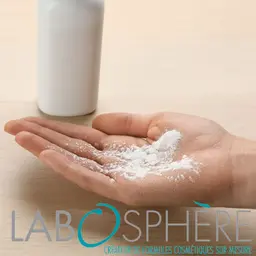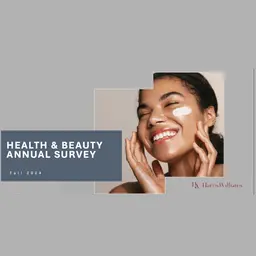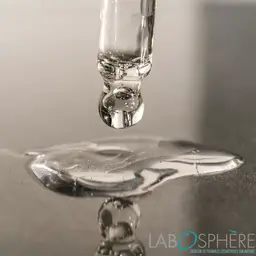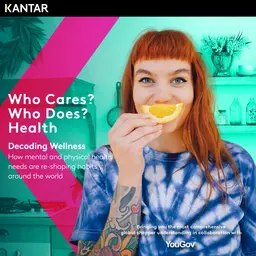
Almost one new one appears every morning. They promise the truth about cosmetics, the decoding of INCI lists, the highlighting of “dangerous” ingredients… They judge, note, denounce… sometimes propose alternative products to those they advise against. While some are based on solid scientific sources, others have no other support than a rather obscure algorithm and questionable criteria. But, as they stand, they arouse consumer interest… and the concern of the cosmetics industry, which sees its products discredited without always justification. The FEBEA (Federation of Beauty Companies) has therefore decided to counter-attack and has just issued a press release calling for “transparency and scientific rigour.”
FEBEA press release
Following the recent publication by the UFC-Que Choisir of the new version of the QuelCosmetic application, and in response to the multiplication of similar applications (Yuka, CleanBeauty, Inci beauty, cosmethics) in recent months, the Fédération des entreprises de la Beauté (FEBEA) would like to highlight of certain misinformation that may have been conveyed to consumers about the categories of cosmetic products (make-up, care, everyday hygiene products, hair products, eau de toilette and perfumes).
FEBEA points out that much of the information in the applications is currently erroneous, obsolete, partial or even inappropriate, or based on unsound scientific foundations and/or inappropriate algorithms. Moreover, as many consumers have noted, applications often contradict each other on the same subjects, leading to confusion that damages the information, safety and health of the entire population.
FEBEA thus reminds all application publishers that, as it has already benn proposed, it is fully prepared to meet with them as soon as possible in order to decide on analytical methodologies that remove any doubt and suspicion that is not proven from a regulatory point of view, pursuing the common objective of helping consumers make an informed choice and use of cosmetic products.
FEBEA notes:
• Qualifications of denigrating ingredients and product classifications according to a methodology that ignores the fact that the safety of each product is rigorously assessed and that it is only placed on the market if it is safe for the health of the consumer
• Absurd classifications likely to induce (among other things) the misuse of products by populations for which certain products are prohibited
• Inconsistencies in the qualifications of the ingredients used in several products. The same application does not give the same score to an ingredient from one product to another
Obsolete data that question the reliability of the databases used:
• The list of product ingredients indicated by the application may differ from the list of ingredients on the product packaging whose barcode has just been scanned! Indeed, the barcode is not the relevant tool to access the composition of the product
• Information that can reasonably be questioned as to its objectivity when it is made available by applications that offer premium paid services or redirect to commercial sites where other cosmetic brands are offered as an alternative to products criticised for their composition.
The FEBEA reminds that:
• A cosmetic product is only placed on the market if the prior assessment of each of its ingredients and the finished product has verified that the product is safe for the health of the consumer under normal conditions of use
• Whether of natural or synthetic origin, the ingredients used in cosmetics are subject to:
> (I) prior authorisation for certain specific ingredients (sunscreen filters, colourings and preservatives)
> (II) restriction (maximum permitted concentration)
> (III) prohibition following the evaluation made by the European Committee on Consumer Safety (CSSC), for example: an ingredient whose inhalation presents a risk is prohibited in spray products
• Ingredients are evaluated taking into account their concentration, their foreseeable use and the risks for each of the populations concerned (children, vulnerable people, etc.)
For this reason, there can be no proven endocrine disruptor in a cosmetic product, and products intended for young children are evaluated according to specific criteria.
• Cosmetic products placed on the market, in strict compliance with European and national regulations, are therefore in no way at risk or dangerous whatever the population for which they are intended
• This regulation, which strictly regulates the manufacture and marketing of cosmetic products in Europe, is recognised as the most rigorous in the world and the most protective of consumers
Finally, FEBEA points out that it is in a position to make proposals to help consumers to see more clearly on the basis of solid and verified information. This is why FEBEA is also committed to an opening process and is organising a “press workshop” for the media on 23 October.
####Note from the CosmeticOBS editors
The editorial staff of CosmeticOBS will attend this press workshop, and will then very quickly propose a complete background article on cosmetic applications and their functioning.














